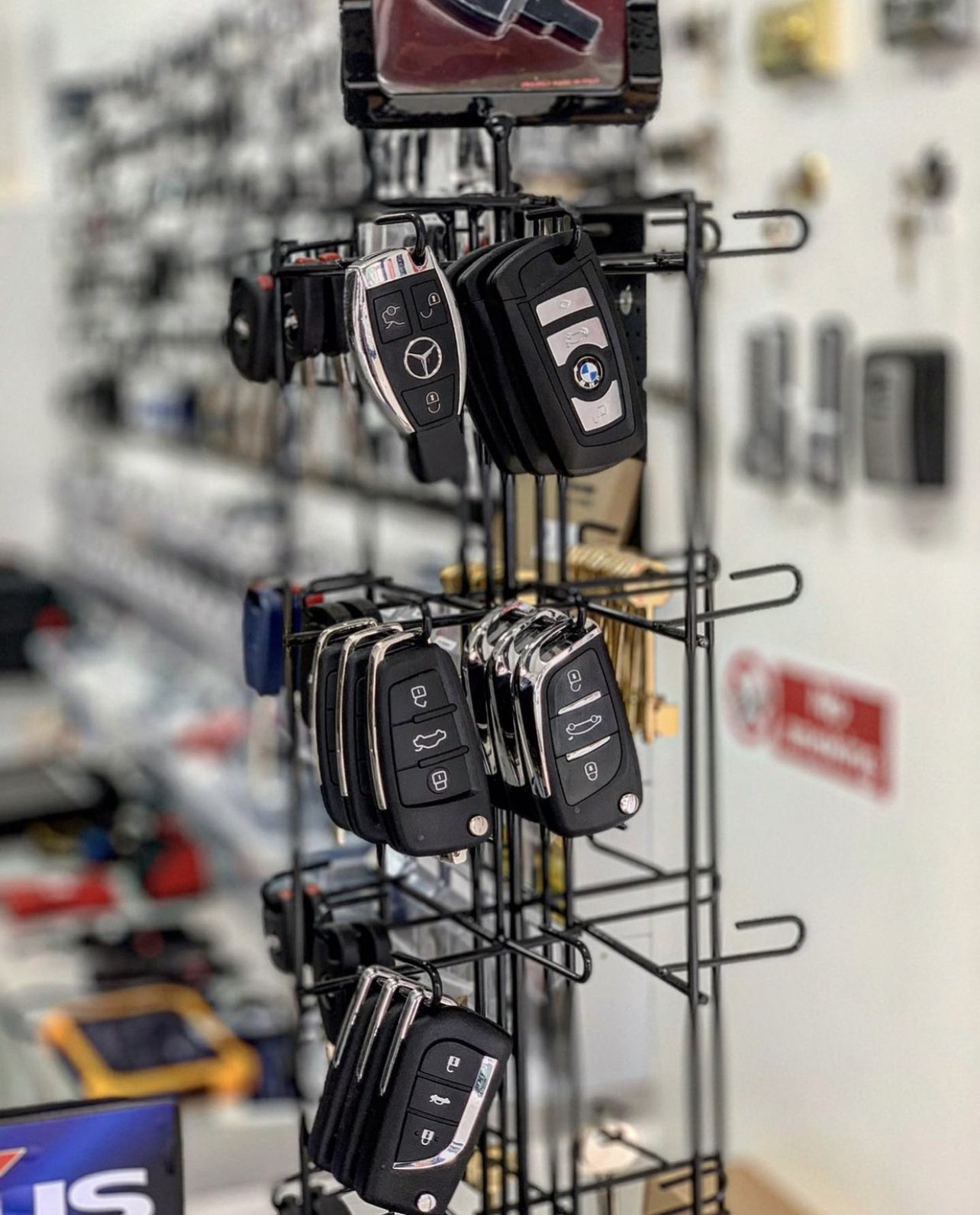Where Can You Find The Most Effective Car Key Transponder Programming Information?
Understanding Car Key Transponder Programming
In today's automotive landscape, the integration of advanced innovation has ended up being synonymous with vehicle security. Among the most substantial improvements in this location is the introduction of transponder keys. Car key transponder programming is a necessary procedure that ensures vehicles are secure from unauthorized gain access to while offering convenience to owners. This article explores what transponder keys are, how they work, the programming process, and responses to some often asked questions.
What is a Transponder Key?
A transponder key is a type of ignition key which contains a small embedded microchip. This chip interacts with the vehicle's immobilizer system. Transponder keys are created to boost vehicle security by avoiding hot-wiring and unauthorized engine starts.
Key Features of Transponder Keys:
- Embedded Microchip: Each key consists of an unique code that corresponds to the vehicle's ignition system.
- Immobilizer System: This system recognizes the key's distinct code and permits the engine to start just if the right key is used.
- Enhanced Security: Transponder keys are considerably harder to duplicate than standard keys, minimizing the danger of theft.
How Transponder Keys Work
Transponder keys run on a straightforward concept of radio frequency recognition (RFID). When the key is inserted into the ignition or brought near the vehicle, the following sequence occurs:
- Signal Transmission: The vehicle's ignition system sends out a radio signal to the transponder key.
- Code Response: The embedded chip in the key gets this signal, triggers, and sends out back its unique code.
- Confirmation: The vehicle's computer system validates the gotten code. If it matches the stored code, the engine will begin; if not, the engine remains incapacitated.
Advantages of Transponder Technology:
- Improved theft prevention.
- Convenience of keyless vehicle starting (in some systems).
- Reduced costs associated to insurance premiums due to boosted security procedures.
The Car Key Transponder Programming Process
Programming a car key transponder is an important step that enables a brand-new key to interact with the vehicle's immobilizer system. The process can differ based upon the make and model of the car however typically consists of the following actions:
Steps Involved in Transponder Key Programming:
Obtain a New Transponder Key: Owners need to initially obtain a blank transponder key suitable with their vehicle.
Gain Access To the OBD-II Port: For contemporary automobiles, programming typically needs an On-Board Diagnostics (OBD-II) scanner that links to the OBD-II port.
Switch on the Ignition: The ignition must be turned to the “On” position without beginning the engine. This permits the system to acknowledge that a brand-new key is to be set.
Follow Programming Procedure: Depending on the vehicle, follow the particular programming actions provided by the manufacturer, usually described in the owner's manual. This might involve pressing specific buttons in a certain order.
Check the Key: After programming, it's necessary to test the key by trying to start the engine. If mobile car key cutting , the key is correctly programmed.
Tips for Successful Programming:
- Consult a professional locksmith or dealership for complex programming treatments.
- Make sure battery levels in the key fob and vehicle are enough.
- Follow the instructions carefully to avoid mistakes.
Typical Issues with Transponder Key Programming
Despite the apparently uncomplicated process, various problems might develop throughout programming. Below are some common challenges:
- Key Compatibility: Using an incompatible key can lead to programming failures.
- Faulty Equipment: A malfunctioning OBD-II scanner may avoid access to the programming menu.
- Weak Key Batteries: Insufficient power in the key fob can interrupt communication.
Often Asked Questions (FAQs)
1. Can I program my transponder key myself?
While numerous lorries permit DIY programming, some models need customized equipment or software. If uncertain, it's best to seek advice from a professional locksmith or your vehicle dealership.
2. What if I lose my transponder key?
If a transponder key is lost, it's suggested to call a qualified automotive locksmith or your dealership for a replacement. They can program a new key based on your vehicle's VIN (Vehicle Identification Number).
3. How much does it cost to program a transponder key?
The cost varies extensively, depending on the vehicle make and design, and whether you pick to go through a dealer or a locksmith. Prices typically range from ₤ 50 to ₤ 150.
4. What happens if my transponder key quiting working?
If your transponder key quiting working unexpectedly, it might be due to a dead battery or problems with the vehicle's immobilizer system. It's advised to have both the key and the vehicle checked by a professional.
5. How often should I change transponder key batteries?
Transponder key batteries need to be replaced every 2 to 3 years, though this can differ based upon usage. Signs of a passing away battery consist of difficulty starting the vehicle or the key fob not operating at all.
Car key transponder programming is a vital procedure for contemporary vehicle security and convenience. Comprehending how transponder keys function and how they are programmed can empower vehicle owners to handle their vehicle security effectively. As innovation continues to progress, staying notified about these developments will help owners protect their possessions and guarantee their lorries run efficiently.
Summary Table: Key Features of Transponder Keys
Feature
Description
Embedded Microchip
Contains an unique code for vehicle recognition
Immobilizer System
Prevents unapproved engine begins
Enhanced Security
Hard to duplicate compared to conventional keys
With improvements in technology, the importance of understanding and effectively handling car key transponder systems can not be overemphasized. Boosted vehicle security not just safeguards your financial investment however also guarantees assurance on the roadways.
